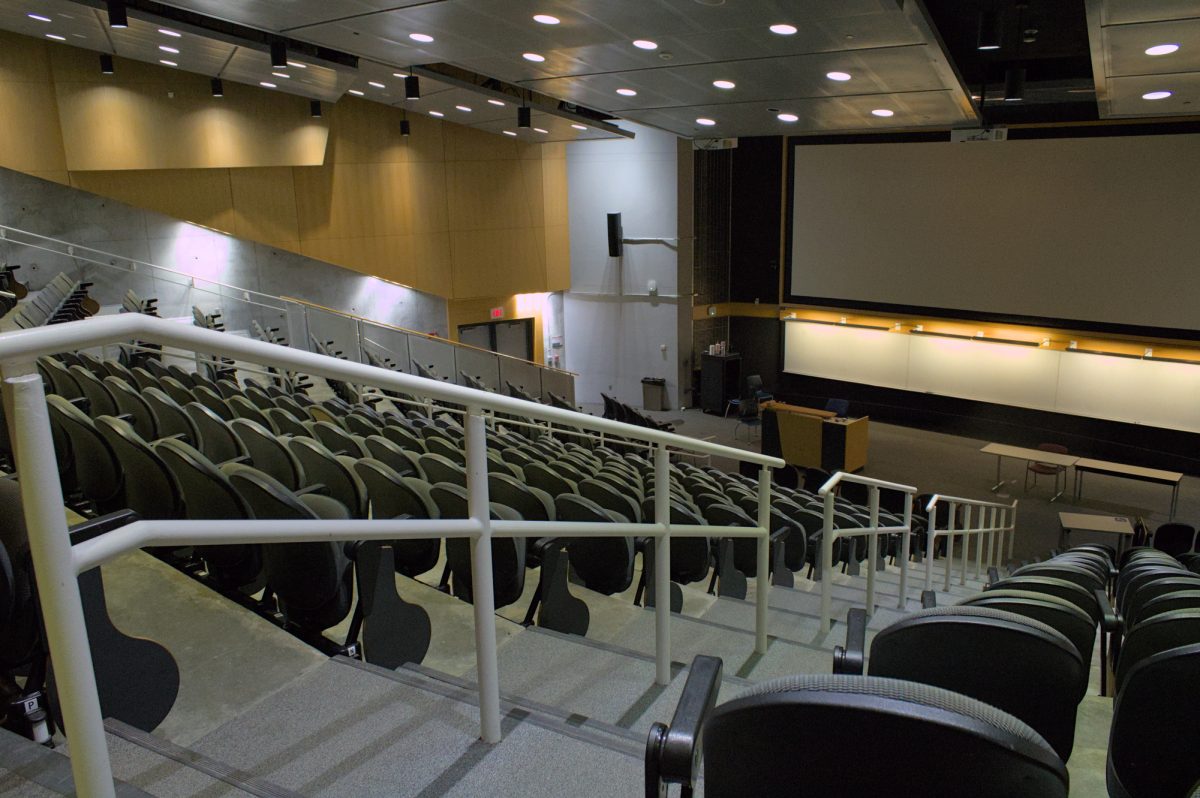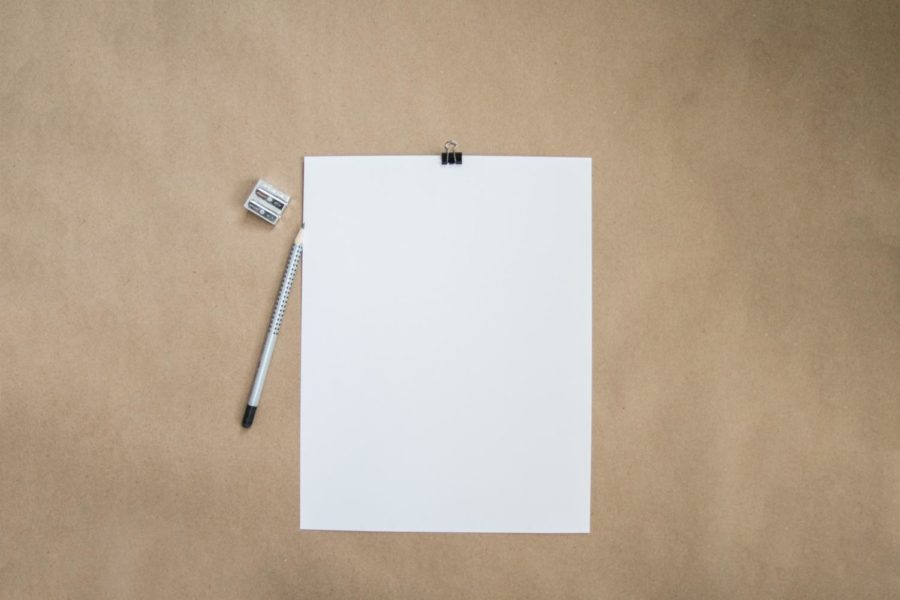Iowa State gets high . tech
March 29, 2001
Visit the Memorial Union about noon and amid the lunch hustle and someone will be tapping on the screen of their personal digital assistant (PDA). New electronics can also be found at the Rec where some have ditched their skipping portable CD players for the trusty, non-skipping MP3 player.
New technologies have changed life on campus, and newer gadgets are becoming a more common sight. Students and professors fit, or are on their way to fitting, right into the demographic group of most users by being high-earning, well-educated and under the age of 55.
The Consumer Electronics Association (CEA) claims that PDA owners are more Internet-connected, with 93 percent of PDA owners having Internet access in the comfort of their own home, while a considerably lower 58 percent of the general population log on from home.
PDA sales grew by almost 50 percent in 2000, and sales are expected to more than double again in 2001. The CEA expects 9.6 million PDAs to Ebe purchased in the U.S. in 2001.
The Ames Radio Shack has had to limit the sale of the Compaq PDA to one per person due to a dwindling supply.
Rocky Kalsow, junior in industrial engineering, bought his Handspring PDA last September. After a typical college student’s week loaded with assignments, appointments and interviews, Kalsow decided that he needed to get organized.
“I tried writing in a planner, but that didn’t work,” Kalsow says. “I just never had it with me.”
Kalsow’s PDA now has him addicted. He is dependent on it to keep track of his schedule and have all the phone numbers, addresses and e-mail addresses of his friends handy.
“I have it with me everywhere I go, and I am always using it,” Kalsow says.
His PDA is more than just a handy tool for scheduling – it is also a lot of fun.
“Another guy I know has one – we sit in class and draw pornographic pictures and send them back and forth,” Kalsow says. “It’s all in fun.”
To send information to another PDA, the process is essentially point and click. Television remotes are more complicated than this.
Fun seems to be the name of the game when it comes to programs available for PDAs. A golfing program allows a golfer to use his or her PDA to calculate shot distance, provide statistics and print a scorecard and a trophy sheet when actually golfing.
The program also has the seemingly magical ability to track the ball position on one of the 1,000s of digital maps of courses provided with the program. Amazingly, the local courses of Veenker Memorial Golf Course and Ames Golf and Country Club are both available on the program.
This is just one program – attachments like these can be found for just about anything a person might be interested in doing.
“A gadget doesn’t survive very long if it is just a toy,” Abbott says. “It needs to also serve a function.”
Compaq is cutting a $100 million dollar deal with over 15,000 doctors to supply them with the handheld PDA they call iPAC. The purpose is to cut down on paperwork by allowing the doctors to send the prescriptions to the pharmacists electronically.
The Journal of the American Medical Association reports that this kind of system cut “serious medication errors” by over half in one hospital.
“Anything you can do that prevents human error is great,” Dr. James Trahan, physician at McFarland Clinic says.
Trahan has had his PDA since February and says that he is one of several doctors he knows who are using them.
“I think what you’ll see is that physicians comfortable with this technology will go to it,” Trahan says. “I’ve used various paper systems over the years and this is superior.”
He has been very happy with the ease of using and accessibility of daily appointments, medical references, addresses and patient databases.
Trahan’s PDA has five medical reference books, which he purchased and downloaded online.
“I don’t have to carry around big, clunky medical texts,” Trahan says. “Every profession has software available for them in day-to-day use.”
Palm, maker of the market-dominating Palm Pilot, announced in January that another function of the PDA is to take the place of credit cards, cash, licenses, library and insurance cards by becoming a virtual wallet. The eWallet would send messages of transactions to the cashier and would allow detailed tracking of expenses.
Palm thought of everything in a wallet and are figuring out how to make the PDA serve the same function – you can even have a family photo in it. Palm predicts that the eWallet will make it’s debut late this year.
Garren Bugh, manager of Radio Shack in North Grand Mall, not only sells but uses the latest gadgets.
Bugh is the proud owner of a Compaq PDA with MP3 player. Although he is impressed with its ability to download information, draw pictures, store sound bites and recognize his handwriting, he admits that the games and MP3 abilities are what keep his attention.
“The games keep you interested in carrying it around with you,” Bugh says.
He says it also helps to take advantage of free time because he could watch a movie on his PDA or hook it up to his car or home stereo to play downloaded MP3s.
Bugh says there are endless attachments that can be added to the basic PDA unit including wireless Internet connectors, mapping programs and expansion cards as well as GPS and the digital camera.
“It’s kind of like having a secretary,” Bugh says as he displayed his month calendar with appointments charted.
Bugh sees the transition from listening to CDs to MP3s as an easy integration because the MP3s allow the music from CDs to be recorded onto the MP3 player. Unlike the cassette to CD transition, no music needs to be lost when switching from CDs to MP3s.
The next move is to combine technologies, Bugh says. The PDA-MP3 combo unit already exists, as does the cellular phone-PDA combo. The PDA-cell phone is a very small unit that flips open to reveal the telephone key pad, then flips again to show the PDA screen.
“ISU students are a lot more connected now than they ever were,” says Eric Abbott, impact of technology on people and societies instructor. “We are a more electronic society overall.”
Abbott remembers being an ISU student in 1963, before these technologies. Academic research required actually going to the library. Letters had to be written, stamped and mailed home. It was much more work than most ISU students do to let the parents know they need more money for an MP3 player.






